What’s a Focal Plane and Why Should I Care?
Very small adjustments to the position of your camera or your subject can make a huge difference when working on the macro level. Typically in macro work, the focal plane is very narrow and as such it’s not at all forgiving. If things aren’t ‘just so’ you will walk away frustrated and without a successful image.
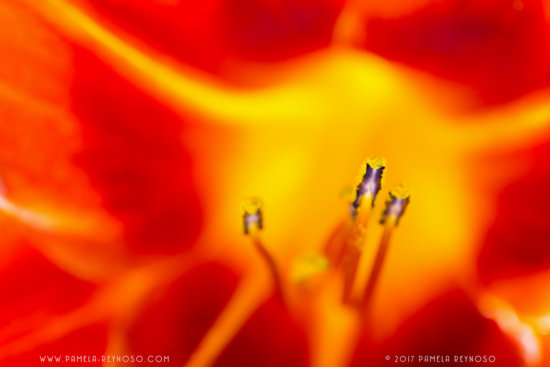
Here I was at f/6.3 with my sensor very close to the stamen and using the very narrow focal plane to isolate the very tip of the stamen.
What is a Focal Plane?
The focal plane is the area in an image within which an object or objects are in sharp focus. This can also include objects that are in relative focus in relation to the main subject. While it is important to always have your subject, itself in sharp focus, some objects can be considered ‘close enough’ in their supporting roles. It is very common for photographers to not address the technical in-camera focal plane at the sensor, but to instead refer to the focal plane that extends beyond the lens and away from the sensor- the focal plane on the outside of the camera. In this article I am focusing on the focal plane outside the camera and how various factors can affect the finished image.
Spreading the Focal Plane
When I am working with multiple subjects that I am seeking to bring into equal focus with each other, or in relative focus, I call it “spreading the focal plane”. Spreading the focal plane is very important in my work. I utilize it often, and at this point I practically do it on a subconscious level. Just as you can work to bring many elements into the focal plane, you can also work to exclude other nearby objects from the focal plane. A slight angle adjustment can make a significant difference. The focal plane tells the viewer which elements are the most important in the image, and which are not. A well chosen focal plane helps to create an image with impact, but a poorly chosen one can introduce confusion to the viewers mind.
Spreading the focal plane can present a significant challenge, especially if you work outdoors as I often do. An imperceptible breeze or the slightest bump to the camera (or the subject) can ruin a photo that may have taken several minutes to compose. A tripod and cable release are critical to increase the number of images worth keeping. If you do not have a remote shutter release you can easily use your camera’s timed two-second shutter release.
How Do the Aperture and Working Distance Affect the Focal Plane?
A discussion on focal plane would be incomplete without also addressing aperture and “working distance.” Aperture is also called your f-stop or f/. F/2.8 is a wide aperture giving a shallow focal plane (or depth of field) so only a small portion of your image will be in focus. Whereas, f/10 is a smaller aperture giving a wider focal plane (or deeper depth of field) and as such will include a larger portion of your image in focus. Working distance relates to how far your camera’s sensor is from the subject you are photographing.
Your working distance also affects your focal plane. If your camera is positioned one inch from a subject, an extremely small portion of it will be in focus in your resulting photograph, regardless of your aperture. But, if your camera is 1 foot from the subject with the same aperture, a significantly larger portion of the subject will be in focus. This is simply due to the increase in your working distance. This is demonstrated by the top photo in this post and the last photo. When your camera is very close to your subject you might have, for example, only 1/16th of an inch from the front of your focal plane to the back of your focal plane – everything else in front and behind will be blurry and out of focus. Generally, in macro photography the closer you are to your subject, the smaller you want your aperture to be. This allows for a wider focal plane giving you a better chance of including all you wish into your focal plane.

This was taken at f/6.3 just like the top photo in this post and demonstrates how a greater working distance serves to increase the depth of the focal plane.
The next time you venture out to create some macro images, analyze your subject and consider what compositions you might find that both spread the focal plane and ones that utilize only a targeted focal plane.
If you have any questions, please leave a comment below.

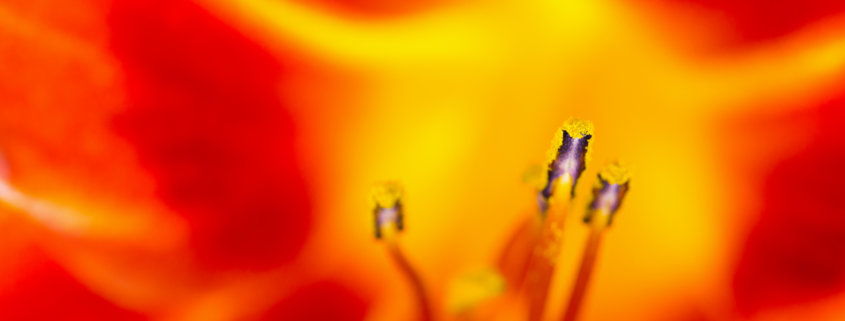



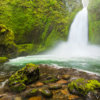

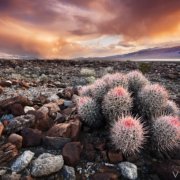
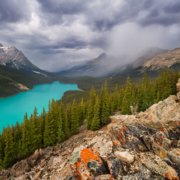

Good article Pam. Sez I after getting out of the swamp. I spent the morning trying to avoid cypress knees and quite successfully I might add.